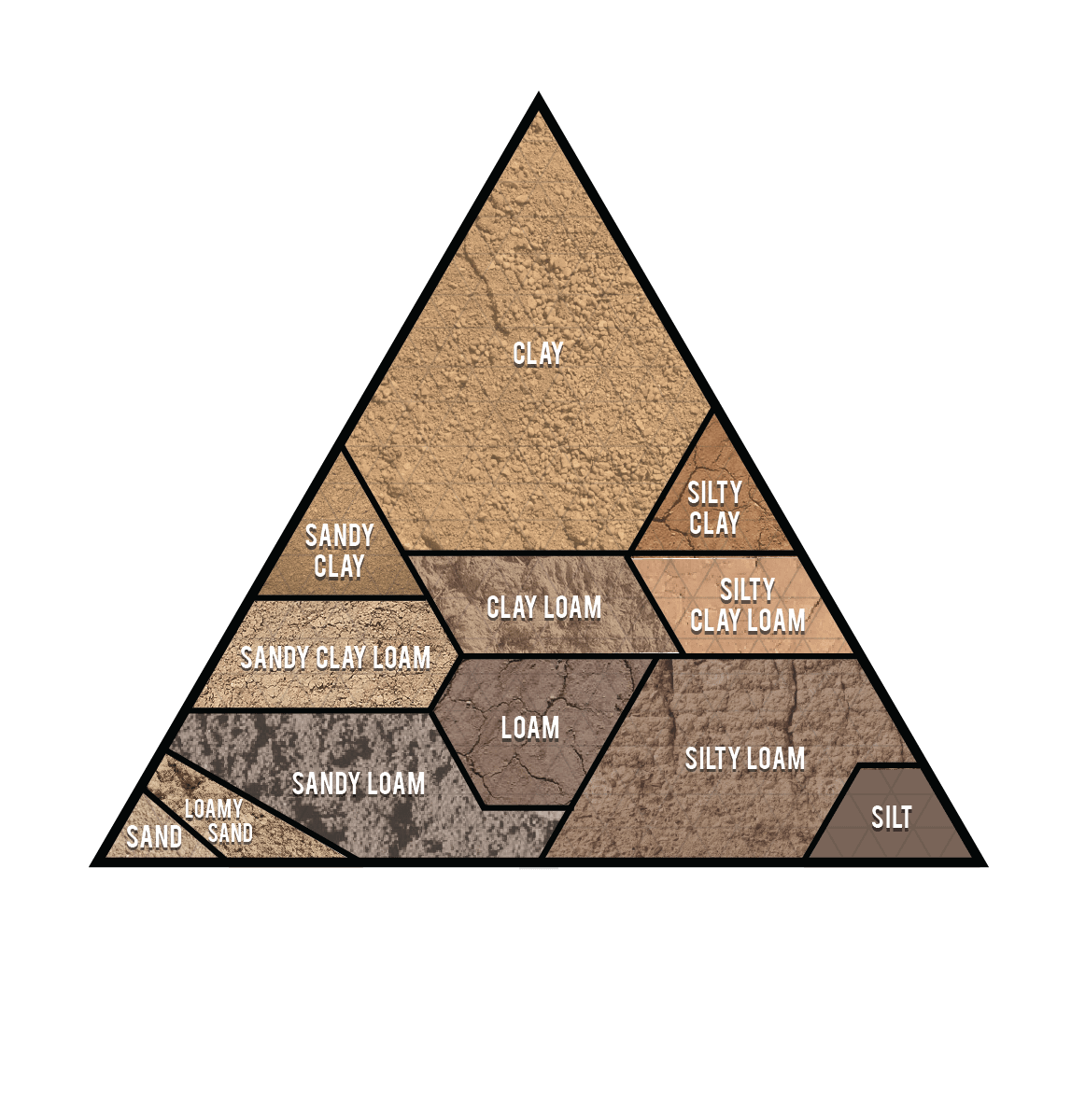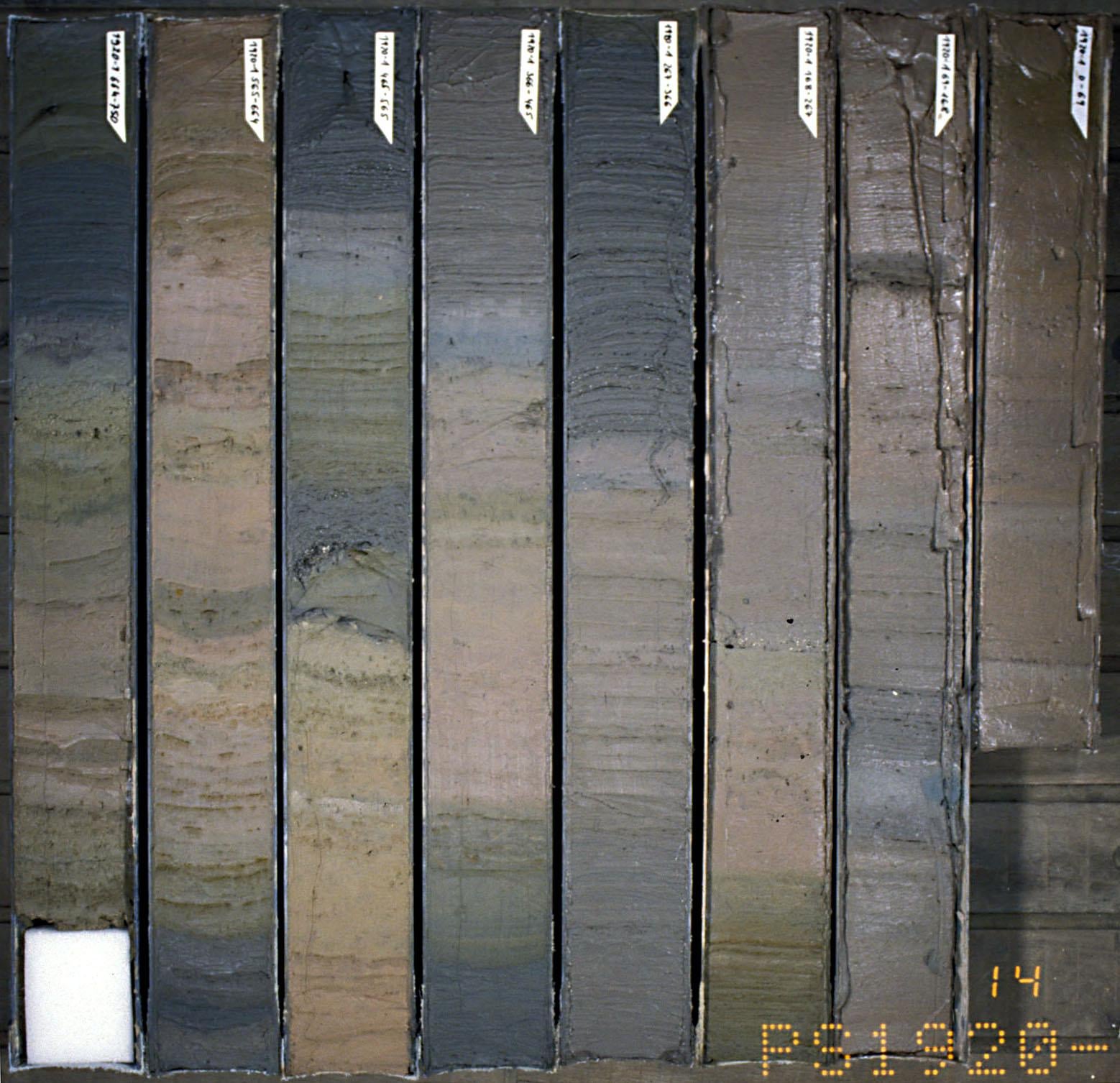Humic acid (HA), a fairly stable product of decomposed organic matter that consequently accumulates in ecological systems, enhances plant growth by chelating unavailable nutrients and buffering pH. We examined the effect of HA derived from lignite on growth and macronutrient uptake of wheat (Triticum aestivum L.) grown in earthen pots under greenhouse conditions. The soils used in the pot experiment were a calcareous Haplustalf and a non-calcareous Haplustalf collected from Raisalpur and Guliana, respectively, in Punjab Province, Pakistan. The experiment consisted of four treatments with HA levels of 0 (control without HA), 30, 60, and 90 mg kg^−1^ soil designated as HA0, HA1, HA2, and HA3, respectively. In the treatment without HA (HA0), nitrogen (N), phosphorus (P), and potassium (K) were applied at 200, 100, and 125 mg kg^−1^soil, respectively. Significant differences among HA levels were recorded for wheat growth (plant height and shoot weight) and N uptake. On an average of both soils, the largest increases in plant height and shoot fresh and dry weights were found with HA2 (60 mg kg^−1^ soil), being 10%, 25%, and 18%, respectively, as compared to the control without HA (HA0). Both soils responded positively towards HA application. The wheat growth and N uptake in the non-calcareous soil were higher than those of the calcareous soil. The HA application significantly improved K concentration of the non-calcareous soil and P and NO3-N of the calcareous soil. The highest rate of HA (90 mg kg^−1^ soil) had a negative effect on growth and nutrient uptake of wheat as well as nutrient accumulation in soil, whereas the medium dose of HA (60 mg kg^−1^ soil) was more efficient in promoting wheat growth.
this post was submitted on 29 Sep 2023
6 points (100.0% liked)
Soil Science
560 readers
1 users here now
Welcome to c/soilscience @ slrpunk.net!
A science based community to discuss and learn all things related to soils.

Notice Board
This is a work in progress, please don't mind the mess.
Subdisciplines of soil science include:
- Soil Taxonomy & mapping
- Soil Fertility & Organic Amendments
- Soil Chemistry & Remediation
- Soil Mineralogy
- Soil Physics
- Soil Biology
These subdisciplines are used by various other disciplines, particularly those related to reclamation, remediation, and agriculture.
Rules
- Don't throw mud. Be kind and remember the human.
- Keep it rooted (on topic).
- Please use a tag.
- No spam.
- Memes are welcome, but the focus of this community is science-based
Resources
Blogs
Careers
Chemistry
- Secondary and micronutrient availability by pH
- Secondary and micro nutrients availability by pH line graph
- Common Nutrient Deficiency Symptoms on Leaves Infographic
Classification
Maps & Datasets
Canada
- Canadian System of Soil Classificaiton
- 1982 Canadian Manual for Describing Soils in the Field
- Alberta Soil Quality Criteria Relative to Disturbance this one is widely used across Canada
- Best management practices for conservation of reclamation materials in the mineable oil sands region of Alberta - a good guide to basic reclamation and revegetation BMPs
Europe
- Agrifood Soilscapes (UK)
- Datasets from the BGS (UK)
- Datasets from the James Sutton Institute (UK)
- Scotland Environment Soil Maps
- Soil Atlas of Europe
- UK Geochemical Atlas
- UK Soil Observatory
United States
World
Soil Contamination:
- Cornell Guide to Testing Contaminated Soils
- CCME Soil Guidelines for Contaminants
- Wikipedia Lists of Hyperaccumulators for Bioremediation

Similar Communities
- !geology@lemmy.ca
- !geophysics@lemmy.ca
- !geologycareers@lemmy.ca
- !mining@lemmy.ca
- !openscience@lemmy.ml
- !reclamation@slrpnk.net
Sister Communities
Science and Research
Biology and Life Sciences
- !anthropology@mander.xyz
- !microbiology@mander.xyz
- !biodiversity@mander.xyz
- !palaeoecology@mander.xyz
- !palaeontology@mander.xyz
Plants and Gardening
Physical Sciences
Humanities and Social Sciences
- !archaeology@mander.xyz
- !cooking@mander.xyz
- !folklore@mander.xyz
- !history@mander.xyz
- !old_maps@mander.xyz
Memes
Find us on Reddit
founded 1 year ago
MODERATORS
you are viewing a single comment's thread
view the rest of the comments
view the rest of the comments
Oh, this isn't my research. I use this and an article dump to share things I've read. I read this, and most of the others I post here between 2012 to 2015, so details are bit fuzzy. Click the one-drive link for the PDF!